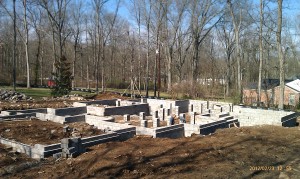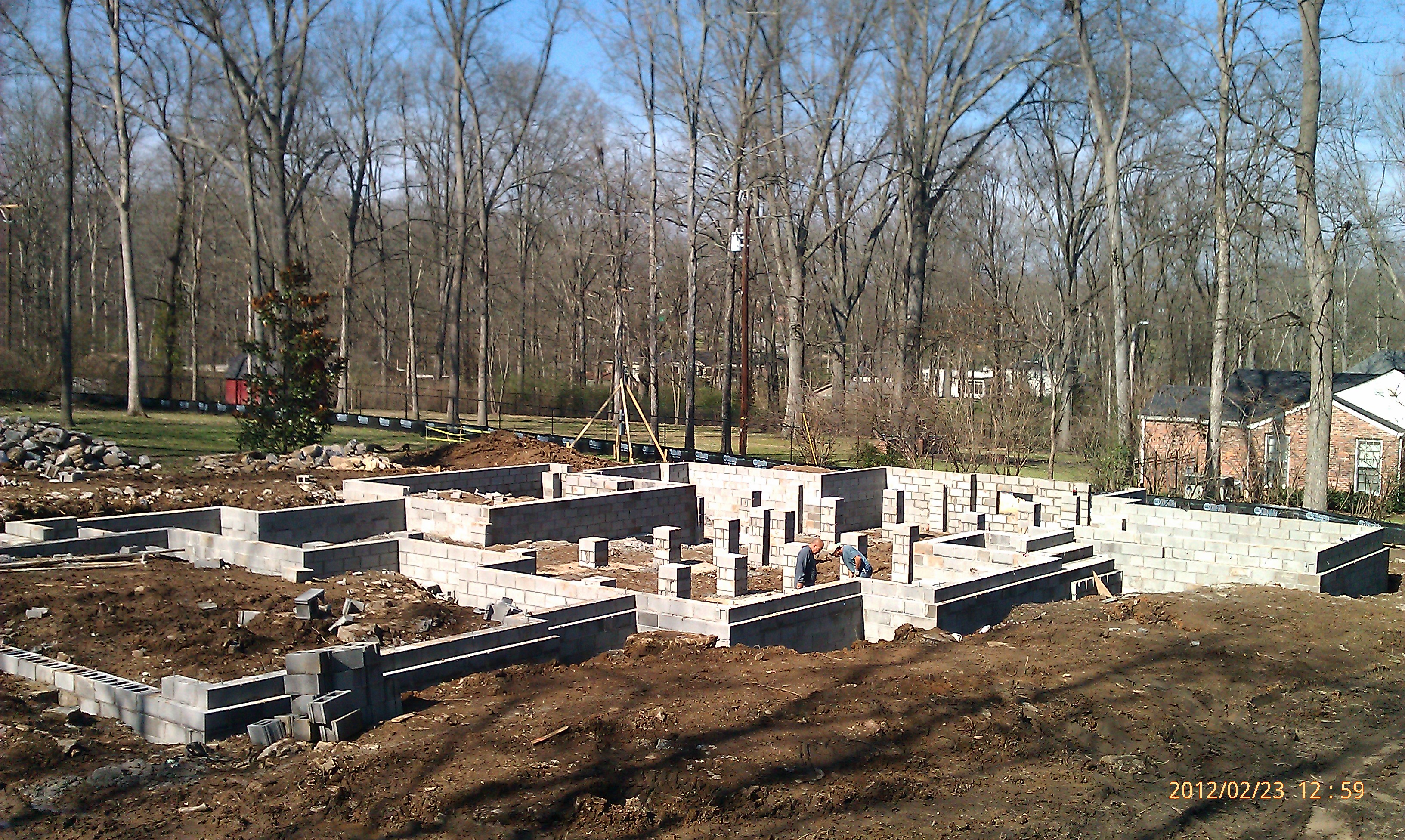Foundations of Quality
The word “foundation” evokes thoughts of strength, permanence, and solidity — the basis for everything that follows. A home’s foundation is simply the most important part of its construction and overall performance, if not top of mind among homebuyers and owners.
The reason there are different types of residential foundations has to do with the soil and other conditions of the lot, regional building materials, the skills of the local labor force, and, where possible, needs and personal preference.
 Almost all single-family home foundations in the U.S. are built with concrete or masonry blocks or some close variation, such as precast concrete panels or insulated concrete forms; a few are built with steel or treated wood, but those are rare occurrences and for special conditions.
Almost all single-family home foundations in the U.S. are built with concrete or masonry blocks or some close variation, such as precast concrete panels or insulated concrete forms; a few are built with steel or treated wood, but those are rare occurrences and for special conditions.
Regardless, a new home has one of the following three types of foundations:
Slab. A slab foundation is a lot like it sounds: a monolithic, horizontal block of poured concrete. The slab is usually supported by relatively shallow perimeter footing that runs along its entire boundary just below the ground. The center of the slab rests on or is embedded with a steel mesh over well-compacted and level ground.
The beauty of a slab foundation is its low cost and fast construction, especially for a simple house footprint or layout. Once the footings are excavated and the formwork and reinforcing steel mesh is placed, it takes only a few men and a few hours to pour the concrete, tamp and level (or “screed”) it smooth, cut control joints to accommodate surface cracks, and embed any connectors for the next phase of construction. Within a day or so, the slab is ready for the structural frame.
Crawlspace. Also called a pier-and-beam or raised-floor foundation, a crawlspace creates a shallow area between the structural frame and the ground using a short perimeter wall of poured concrete (called a “stem” wall) and strategically located short support posts (or piers) in the middle. Combined, the wall and piers hold up the structural beams and joists of the wood-framed first-floor platform upon which the rest of the home is built.
This creates a 3- to 4-foot space allowing easier access to plumbing and electrical conduits and central air ductwork serving the house. It is critical to insulate the underside of the first-floor platform (and also the inside of the stem walls, if possible) to maintain the desired comfort level of the living space above; a moisture barrier on the raw ground and vents embedded in the stem wall will help keep the crawlspace dry and free of water-related damage.
Full Basement. A basement foundation is basically a combination of the two other types. Excavated to about 8 feet below the ground, it features a concrete floor (essentially a slab) and concrete or masonry block perimeter walls with as-needed support posts. The first-floor frame is built slightly above finished grade, creating a platform for the rest of the house.
Accessible from the rest of the house above, so-called “full” basements create at least an 8-foot clearance between the slab and the floor frame above. This full-height area can therefore be finished as living or storage space, utility area (such as the heating and cooling equipment and laundry), as well as mechanical and duct runs.
Most are “daylight” basements, with deep window wells along the perimeter that allow natural light and emergency egress. “Walk-out” types, meanwhile, take advantage of a slope on one side of the basement to create more conventional outside access to the basement … and perhaps even an outdoor living area, such as a patio or garden.
Regardless of the type, a foundation is literally the basis of a home’s strength and performance, from energy efficiency to withstanding high winds. A well-engineered and well-built foundation allows the rest of the home’s construction to go as smoothly and quickly as possible, and maintains its structural integrity. It may not be visible or sexy, but a strong foundation is arguably the best way to maintain housing value.

